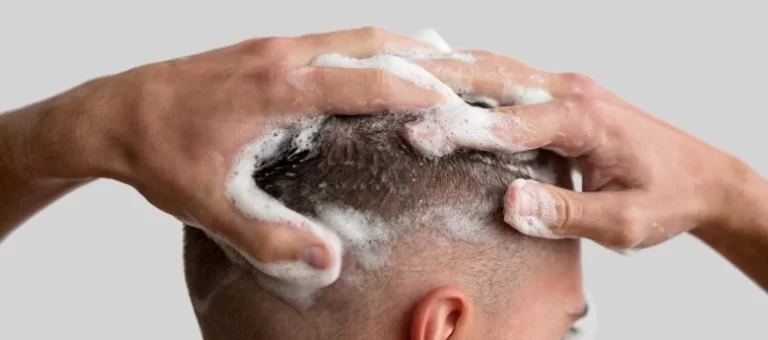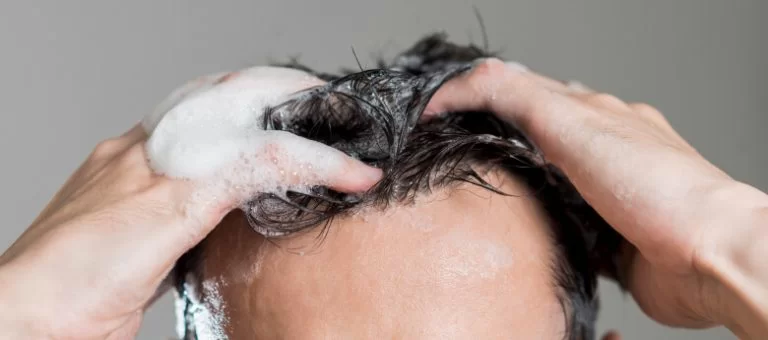Essential Hair Transplant Aftercare Tips for Healthy Recovery
Hair Transplant Aftercare Guide: Tips for a Safe Recovery and Healthy Growth
Who Is This Guide For?
Hair transplant surgery can be life-changing for many patients struggling with hair loss. Hair thinning or balding, whether at a young age or later in life, can significantly affect self-esteem and appearance. Causes of hair loss vary and include genetics, hormonal changes, stress, and environmental factors. Achieving natural and satisfying results depends not only on the quality of the surgical procedure but also on following proper aftercare instructions provided by your doctor.
At Sanamentum, our medical consultants support patients throughout the recovery process for up to one year, offering guidance on all questions and concerns to ensure safe and effective results.

Immediate Aftercare (First 48 Hours)
After surgery, patients may experience mild swelling, itching, or discomfort in the donor and recipient areas. These are normal reactions and can be managed with medications prescribed by your clinician.
Sleeping can be challenging during the first days since direct pressure on the transplanted area must be avoided. Patients are advised to sleep in a slightly upright position to protect the newly implanted hair. Normal sleeping positions can usually be resumed after approximately 12 days.
Smoking and alcohol consumption should be avoided for at least two weeks, as both can thin the blood and interfere with healing. Minor bleeding may occur but should stop within a few days. Persistent bleeding requires immediate consultation with your doctor. Additionally, patients are advised to minimize sun exposure during early recovery.
Washing Your Hair After a Transplant: Step-by-Step Guide
Sanamentum provides all necessary medications, shampoos, and lotions to support recovery. Using the supplied shampoo is crucial to gently cleanse the scalp, remove crusts and dried blood, and protect fragile new hair.
Duration: Use the shampoo for the first 12 days.
Technique: Lather the shampoo in your hands and apply gently to the scalp. Avoid scrubbing or rubbing.
Water: Only lukewarm water at low pressure should be used.
Drying and Styling: Do not use blow dryers, heat tools, or hair styling products. Newly implanted hair is sensitive to heat and mechanical stress.

First Week Recovery Process
During the first week, it is essential to follow all instructions carefully. Gentle handling, proper hydration, and adherence to medication schedules are key to preventing complications. Swelling and redness should gradually decrease, and minor itching is expected.
Understanding Hair Fall and Regrowth
It is normal for transplanted hair to shed along with scabs in the first few weeks. This “shock loss” is temporary and should not alarm patients. Hair growth typically resumes at approximately 1 cm per month. By the sixth month, hair may reach 5–6 cm and continue to grow normally.
Avoid harsh chemicals, haircuts with electric clippers, and aggressive styling during the first months. Continue to treat the scalp gently to ensure optimal hair growth.
Do’s and Don’ts in Hair Transplant Aftercare
Do:
Follow your doctor’s instructions closely.
Use only the shampoo and lotions provided by Sanamentum.
Sleep in an upright position for the first 12 days.
Protect the scalp from sun exposure.
Don’t:
Smoke or drink alcohol for at least two weeks post-surgery.
Use heat styling tools or harsh hair products.
Rub or scratch the transplanted area.
Cut or trim transplanted hair before your surgeon allows it.
Hair Transplant Recovery Timeline (Week-by-Week)
Week 1: Clear liquids for scalp cleansing; gentle washing; swelling and redness may peak.
Weeks 2–4: Gradual reduction of swelling; scabs begin to fall off; itching may persist.
Months 2–6: Shock hair loss occurs; new hair growth becomes visible; continue gentle care.
Months 6+: Hair continues to thicken and grow; maintain a gentle hair care routine.
Contacting Sanamentum for Follow-Up Advice
At Sanamentum, medical consultants remain available throughout the recovery process for guidance, personalized advice, and addressing any concerns. Follow-up support ensures your hair transplant achieves the best possible results while you enjoy a safe and stress-free recovery.

